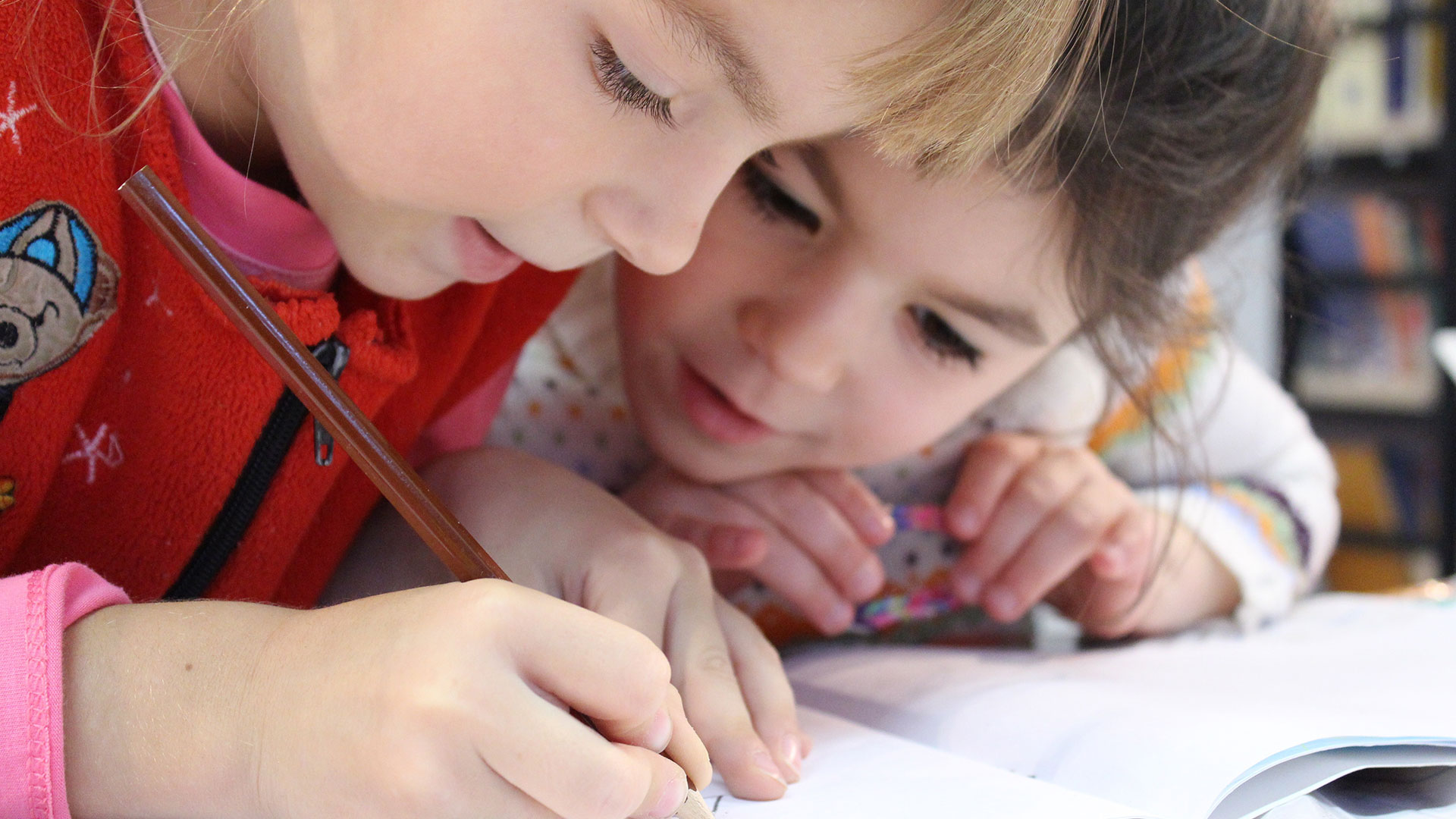As children start to learn how to write, it is inevitable that they will commit some writing errors. It is part and parcel of the learning process. However, parents should be also cautious at this stage of learning and to closely monitor your child’s progress. If these writing errors continue to occur for a long period of time, it might signify that there are some underlying issues that your child is unable to overcome on their own.
What is dysgraphia
You may not have encountered this word often, but dysgraphia is a condition where a person’s writing abilities is affected. Dysgraphia is characterized by a difficulty in expressing thoughts in written format and having poor and slow handwriting. But do take note that having poor handwriting does not automatically mean you have dysgraphia. Dysgraphia is a more than just having poor handwriting.
2 types of dysgraphia
Dysgraphia can be categorized into two types: language-based, and non-language-based. Non-language–based dysgraphia is caused by a dysfunction in the motor skills that is required for writing. On the other hand, language-based dysgraphia is caused by impairments in the language composition of writing such as difficulty transforming sounds and words into written form. (Dyslexia – SPELD Foundation, 2014)
Dysgraphia and other learning difficulties
Dysgraphia can be either diagnosed as a stand-alone condition or together with other learning difficulties such as ADHD and dyslexia. As a matter of fact, dysgraphia and dyslexia do sometimes overlap because they are both a form of language disorder and they share similar characteristics. What makes the two different is that, people with dysgraphia can read fluently. Dyslexia affects the person’s reading ability because of the mix ups and struggles in converting alphabets into phonemes while dysgraphia only affects the person’s writing abilities as they have difficulty in terms of writing or transforming alphabets into graphemes (sounds in written form). Children with ADHD can also portray some characteristics of dysgraphia. “Since handwriting skills require memory for the movement path for each letter as well as for how letters connect, children with working memory and/or attention deficits can have difficulty mastering handwriting skills.” (Lunney, 2015)
Symptoms of dysgraphia
In her article Understanding Dysgraphia, Erica divided the symptoms of dysgraphia into six categories namely: visual-spatial, fine motor, language processing, spelling/handwriting, grammar, and organization of language. (Patino, 2018)
Visual-Spatial Difficulties
- Difficulty in identifying shapes and letter spacing
- Difficulty in organizing words from left to right
- Writing letters in different directions
- Overlapping letters and words on the same page
- Difficultly in writing on the line and inside the margin
- Difficulty in reading maps and drawing shapes
- Rewriting and copying texts from the whiteboard
Fine Motor Difficulties
- Poor at holding the pen correctly
- Difficulty in doing other activities that involves the hands or fingers such as tracing, tying shoes, doing puzzles and typing
- Poor at colouring or using the scissors within the line
- Places hand at an awkward position when writing
Language Processing Issues
- Difficulty in writing ideas down
- Difficulty in understanding rules and instructions
- Difficulty in following directions
Spelling Issues/Handwriting Issues
- Able to verbally spell a word correctly but make errors in writing
- Poor at identifying misspelled words from the correct spelling words
- Mixes up small and capital letters
- Difficulty in reading his own writing
- Frequently erases his work and rewrite
- Poor writing stamina
Grammar and Usage Problems
- Incorrect usage of punctuations
- Difficulty in writing down complete sentences
Organization of Written Language
- Better in verbally telling stories than writing stories down
- Sentences get jumbled up when writing
- Difficulty in converting train of ideas to written form
Diagnosis and treatment
Symptoms of dysgraphia can be seen as early as the child starts learning. However, it is not easily identifiable because some signs might just be typical of a child who is in the early stages of learning. But should the symptoms continue to persist as the child grows older, it is best to consult a licensed professional. Although dysgraphia is a lifelong learning difficulty, there are therapies available to help people manage their dysgraphia. The earlier you undergo diagnosis and therapy, the better the chances are for the condition to be managed.
Bibliography
Lunney, M. (2015, August 14). Dyslexia and Dysgraphia: Same or Different? Retrieved from Lexercise: https://www.lexercise.com/blog/dyslexia-and-dysgraphia
Dyslexia – SPELD Foundation. (2014). What is Dysgraphia? Retrieved from dsf – Dyslexia- SPELD Foundation: https://dsf.net.au/what-is-dysgraphia/
Patino, E. (2018). Understanding Dysgraphia. Retrieved from Understood: https://www.understood.org/en/learning-attention-issues/child-learning-disabilities/dysgraphia/understanding-dysgraphia

No responses yet